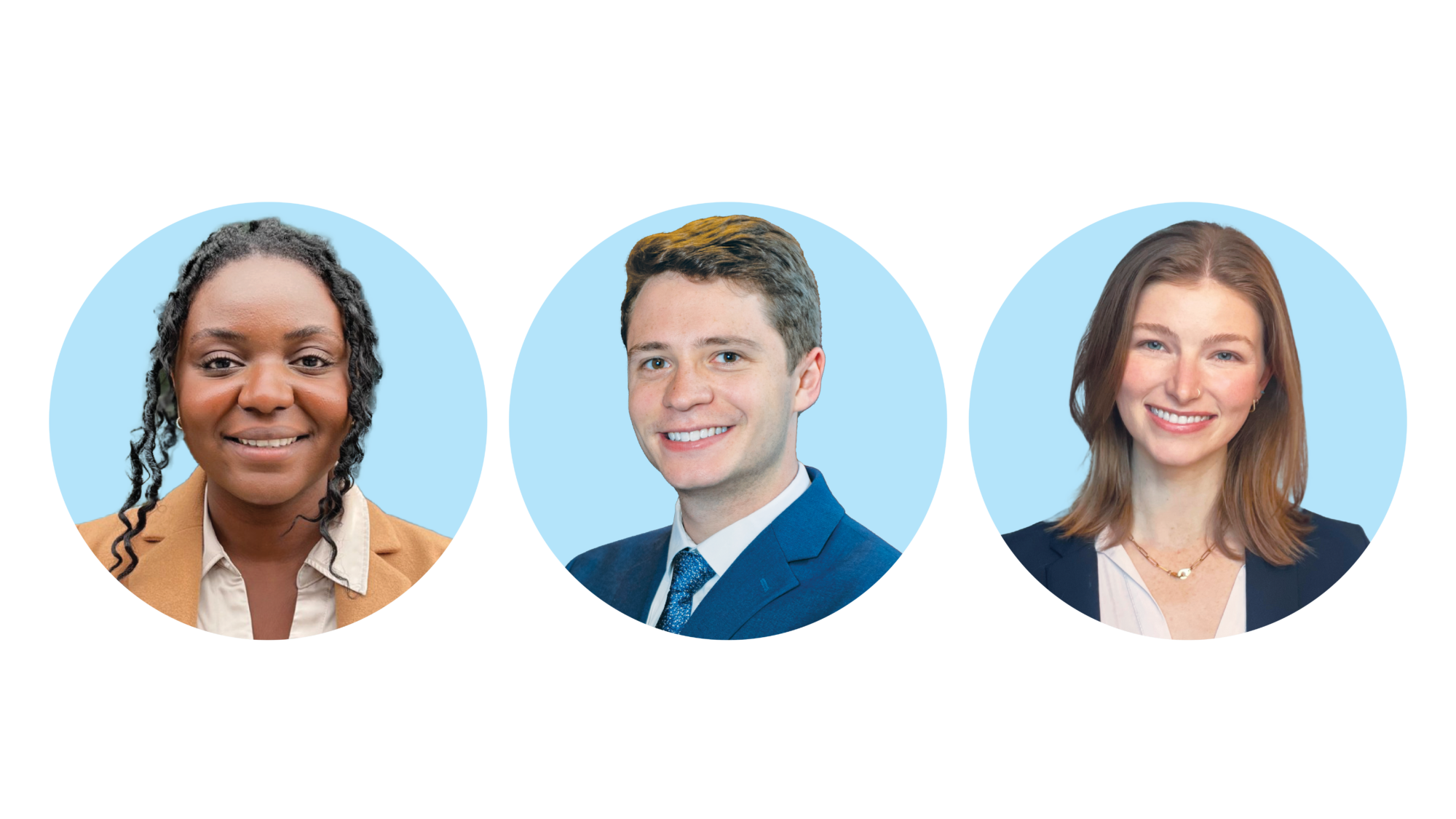Making the Case: Going Green(er) — How Sustainability Creates Better Business
Georgetown McDonough’s cohort of students in its M.S. in Environment and Sustainability Management program recently completed their capstone projects. Here is a look at three team projects and the problems they tried to solve for Blommer Chocolate Company, Starbucks, and Amazon.
Lena Musoka, Ian Corbet, Mansi Shivkumar, Eleni Orfanos, Shahdin Ghaffari, Gordon Ryoo, and Sophia Sackleh (MS-ESM’23)
The Problem: Blommer Chocolate Company has developed important, yet costly, sustainability initiatives including tracing practices to make sure their cocoa comes from community farms that do not engage in child labor, forced labor, or deforestation. Blommer needed to know how best to offset the cost so profitability and sustainability could go hand in hand.
The Pitch: Blommer knew they needed to raise prices, so the team researched Blommer’s clients to determine their own appetite and budget for sustainability initiatives. They then created a segmented communications campaign for the company based on what they found, and why sustainable chocolate isn’t just good for Blommer, but for their clients as well. The campaign also included education around new deforestation policies on the horizon that would require companies to source their chocolate sustainably.
David Yellen, Kaylen Chung, Daniel Bomber, Christian Matuschka, Jenna Peabody, Tim Maguire, and Tristan Gess (MS-ESM’23)
The Problem: Given the size of Amazon, decisions around sustainability can have massive impact. As the company looked at new sustainability developments, they needed a way to identify promising early-stage technologies to invest in or otherwise support on the road to commercialization.
The Pitch: The team created a framework for criteria that would help Amazon identify promising technologies. The work started with what felt like an infinite number of categories Amazon could use for evaluation. That list was edited, and then edited further, to drill down to a framework that assesses the current state and trajectory of each technology’s viability and technology readiness level. The Georgetown team used this framework to walk Amazon employees through two case studies in which they applied the criteria and offered recommendations.
Mae Gleeson, Vedika Arunachalam, Jimmy Beta, Edith Chinchilla, Sam Krauland, Ana Lipton, Neva Modric, and Jinbao Xu (MS-ESM’23)
The Problem: Starbucks aims to reduce water consumption, carbon, and waste by 50% by 2030. As part of that initiative, the McDonough team focused on sustainable packaging solutions that could replace fossil-fuel-derived plastics in food and beverage packaging. They had three goals: investigate the sustainable packaging landscape; understand the needs of Starbucks customers and the Starbucks business; and identify key opportunities.
The Pitch: The team conducted research on 28 alternatives to packaging materials, narrowing down recommendations to four. They developed a material assessment scorecard to assess the materials based on cost, end-of-life, brand fit, and environmental impact. Additionally, the team spent more than 16 hours in Starbucks locations across 11 cities in six states to observe consumer habits and provide recommendations for the sustainable-packaging transition.
This story was originally featured in the Georgetown Business Fall 2023 Magazine.
